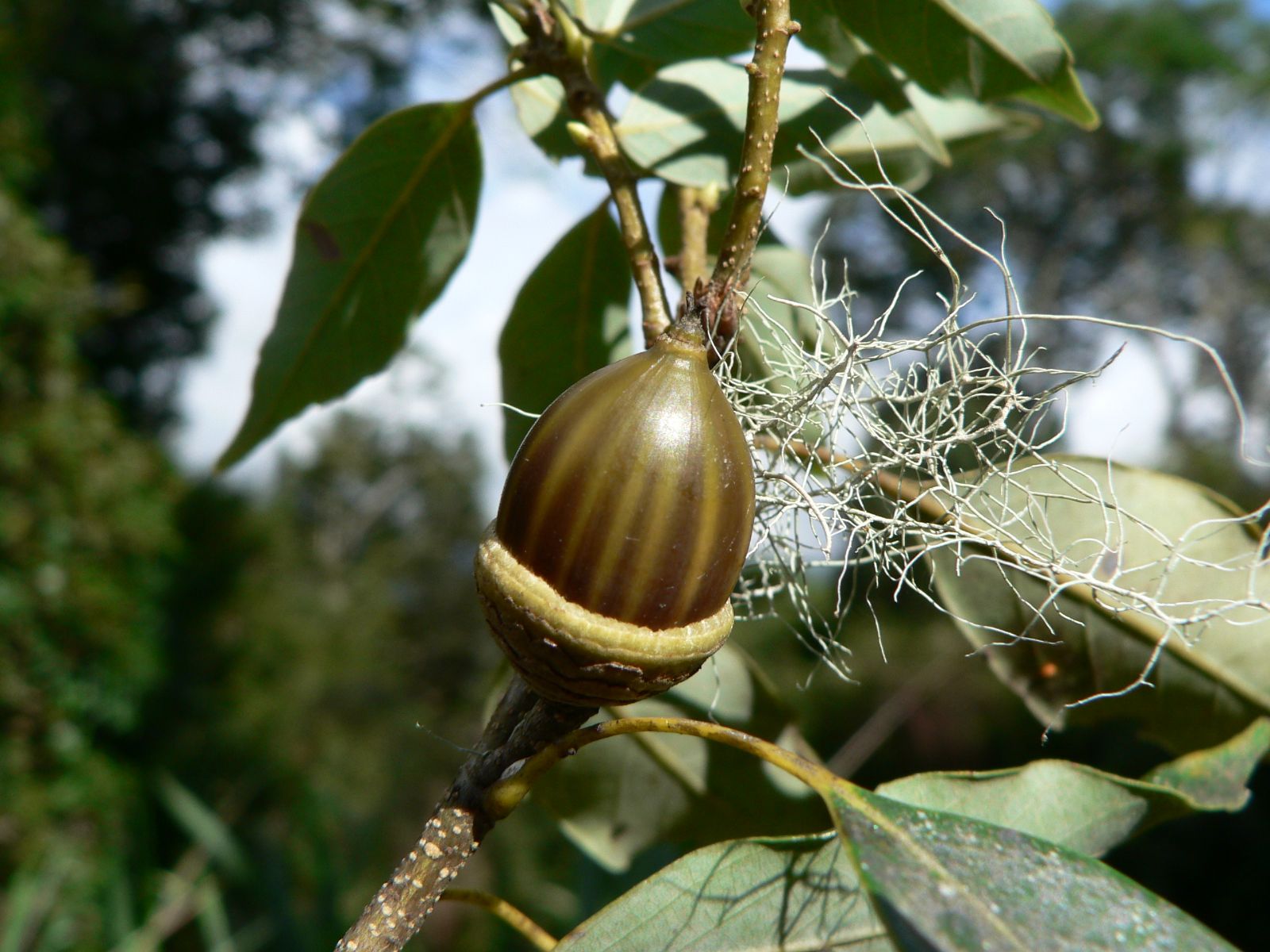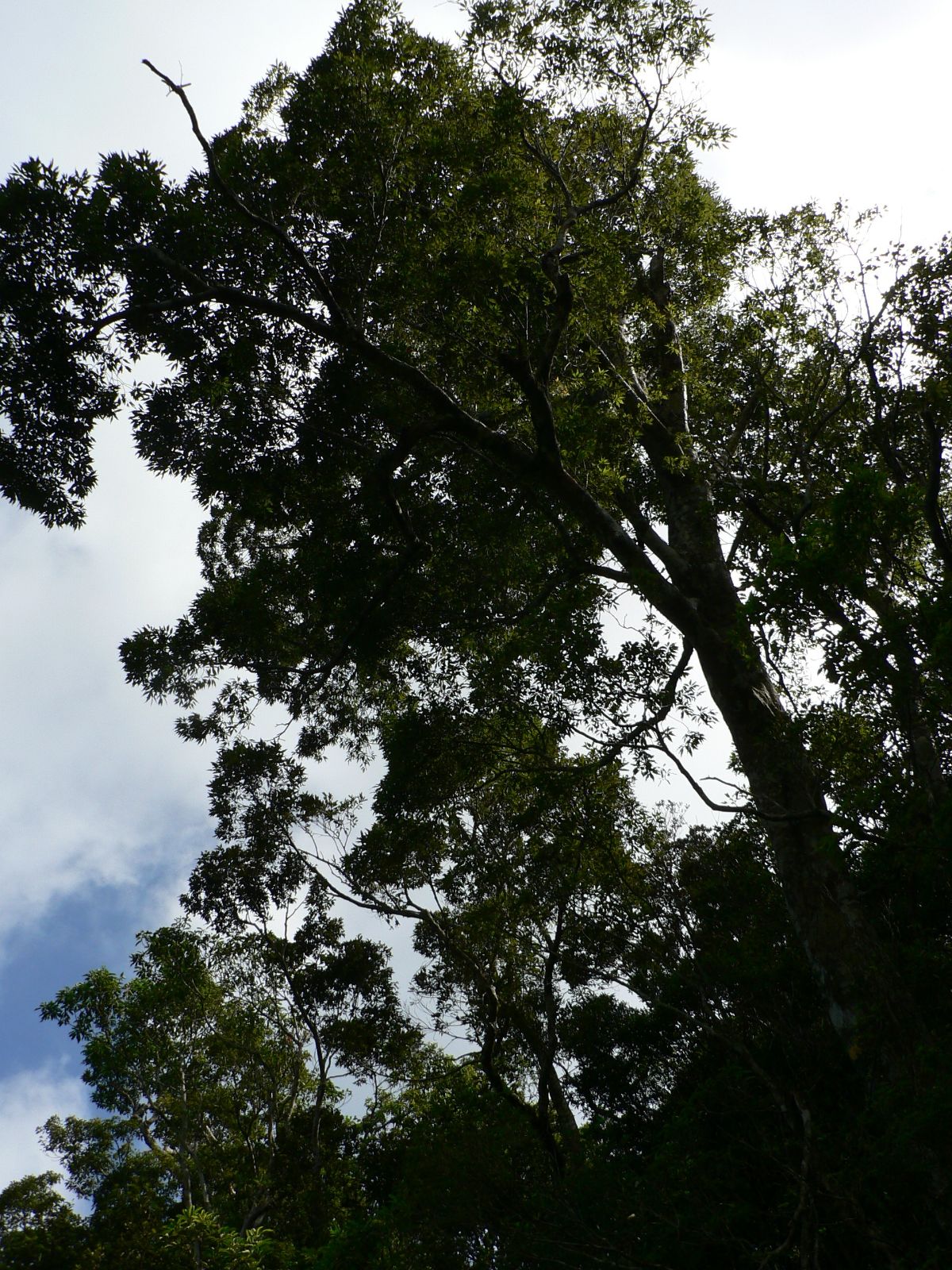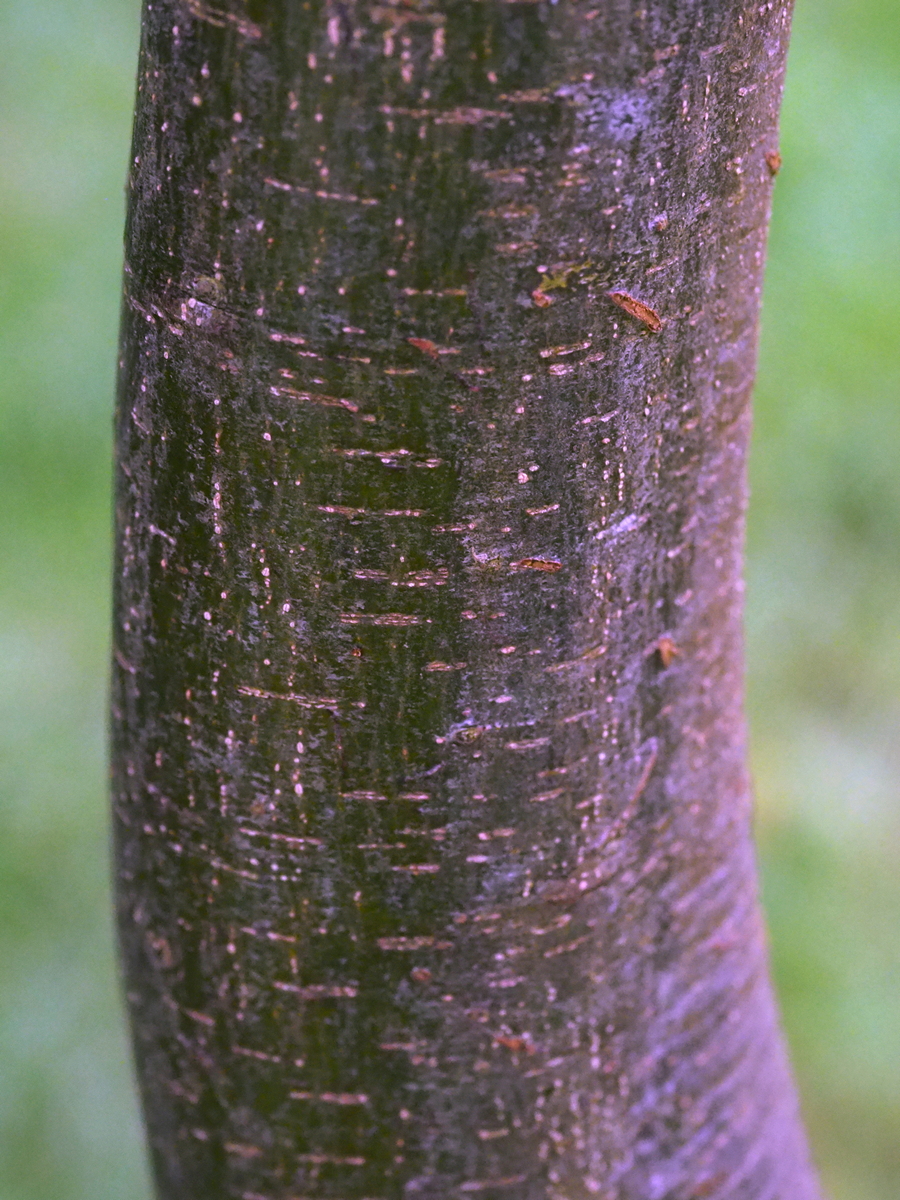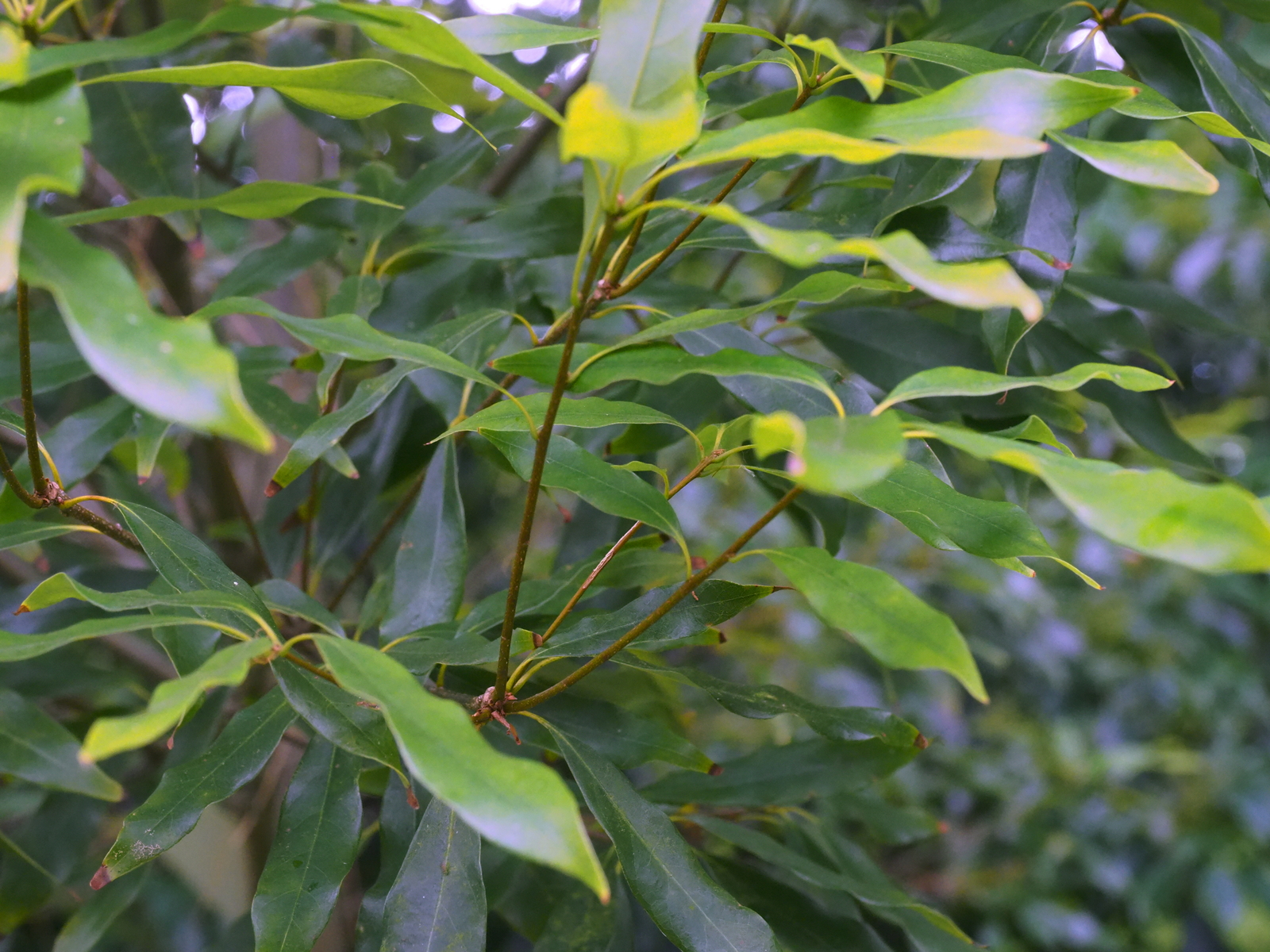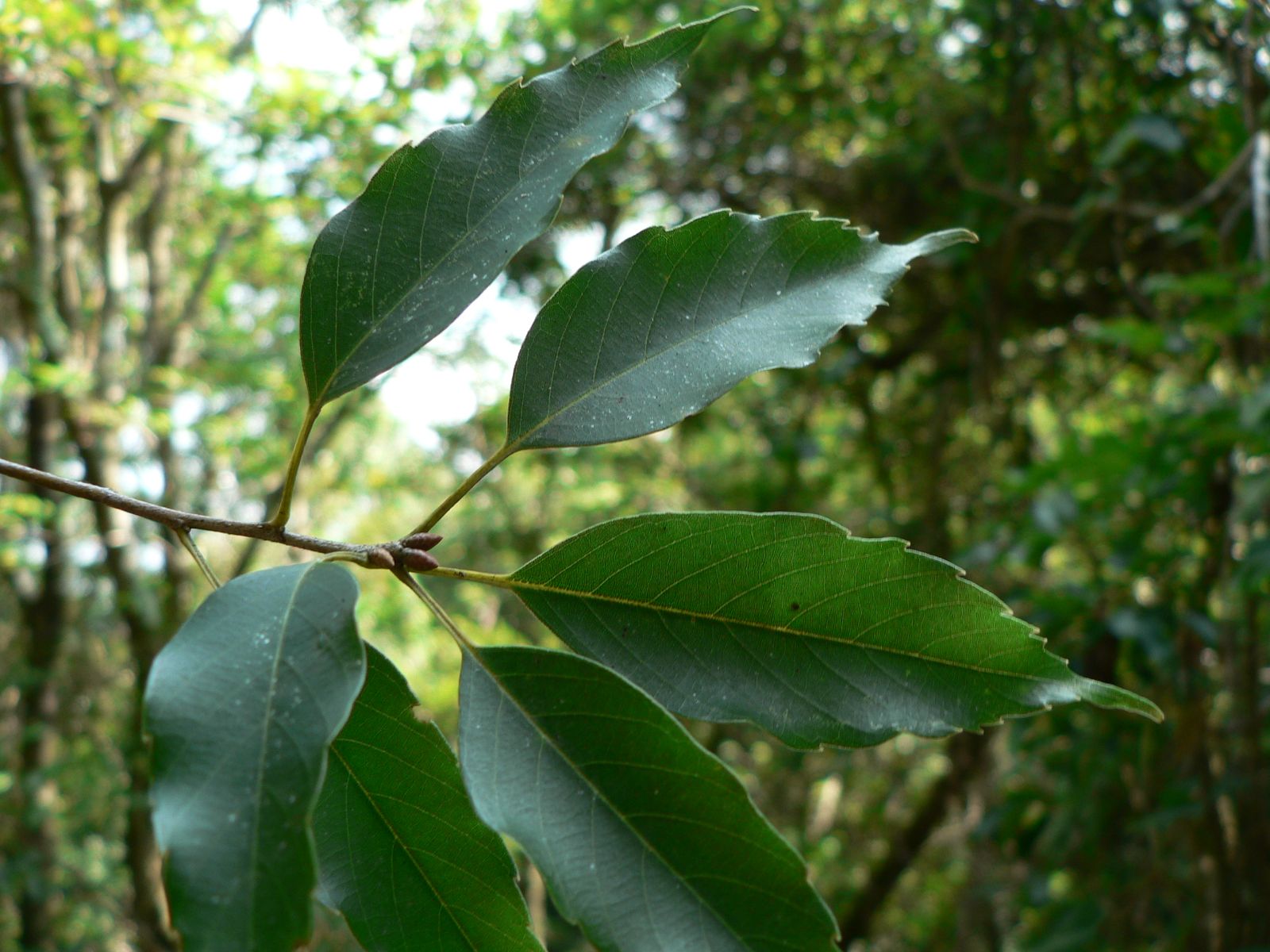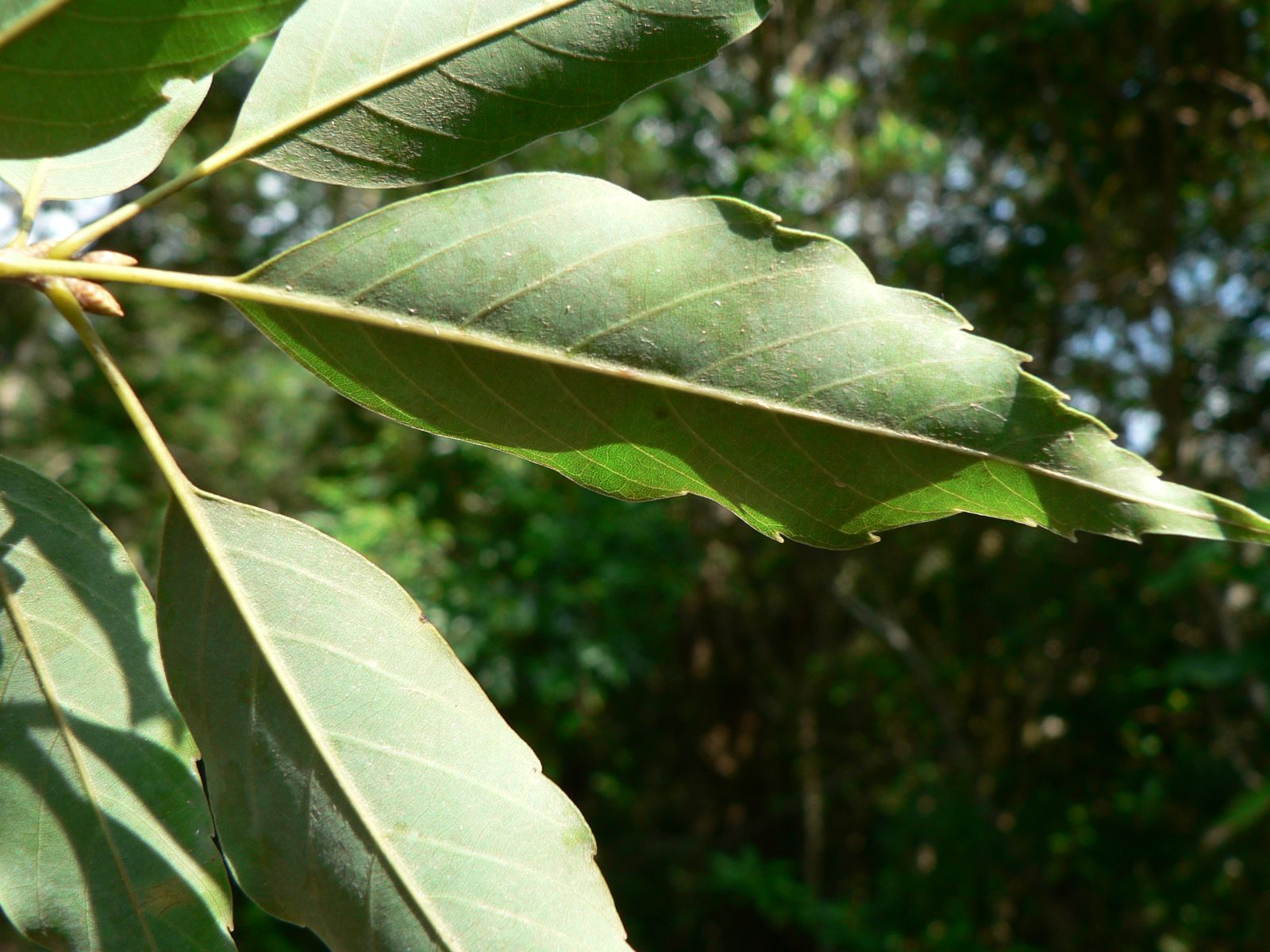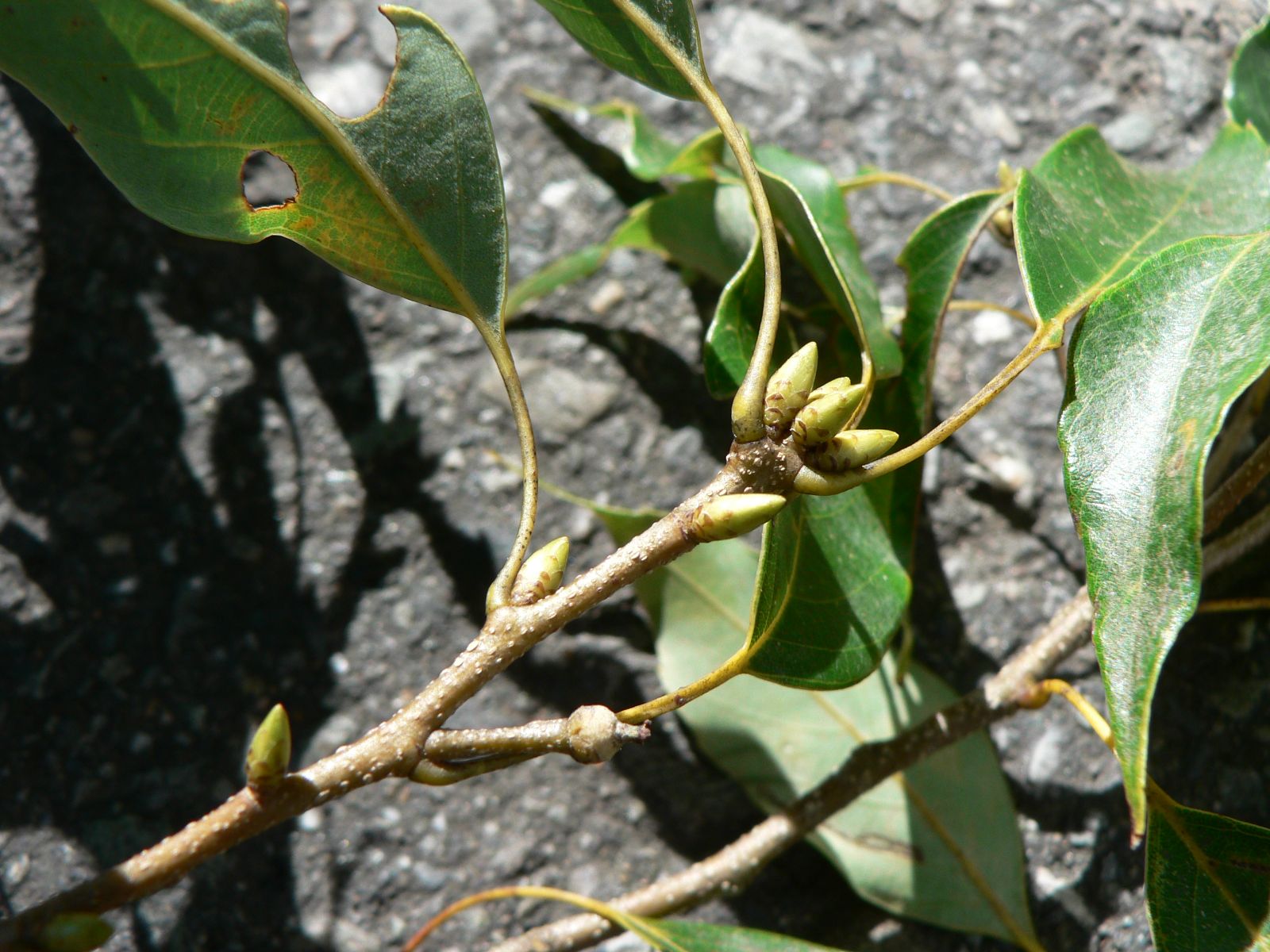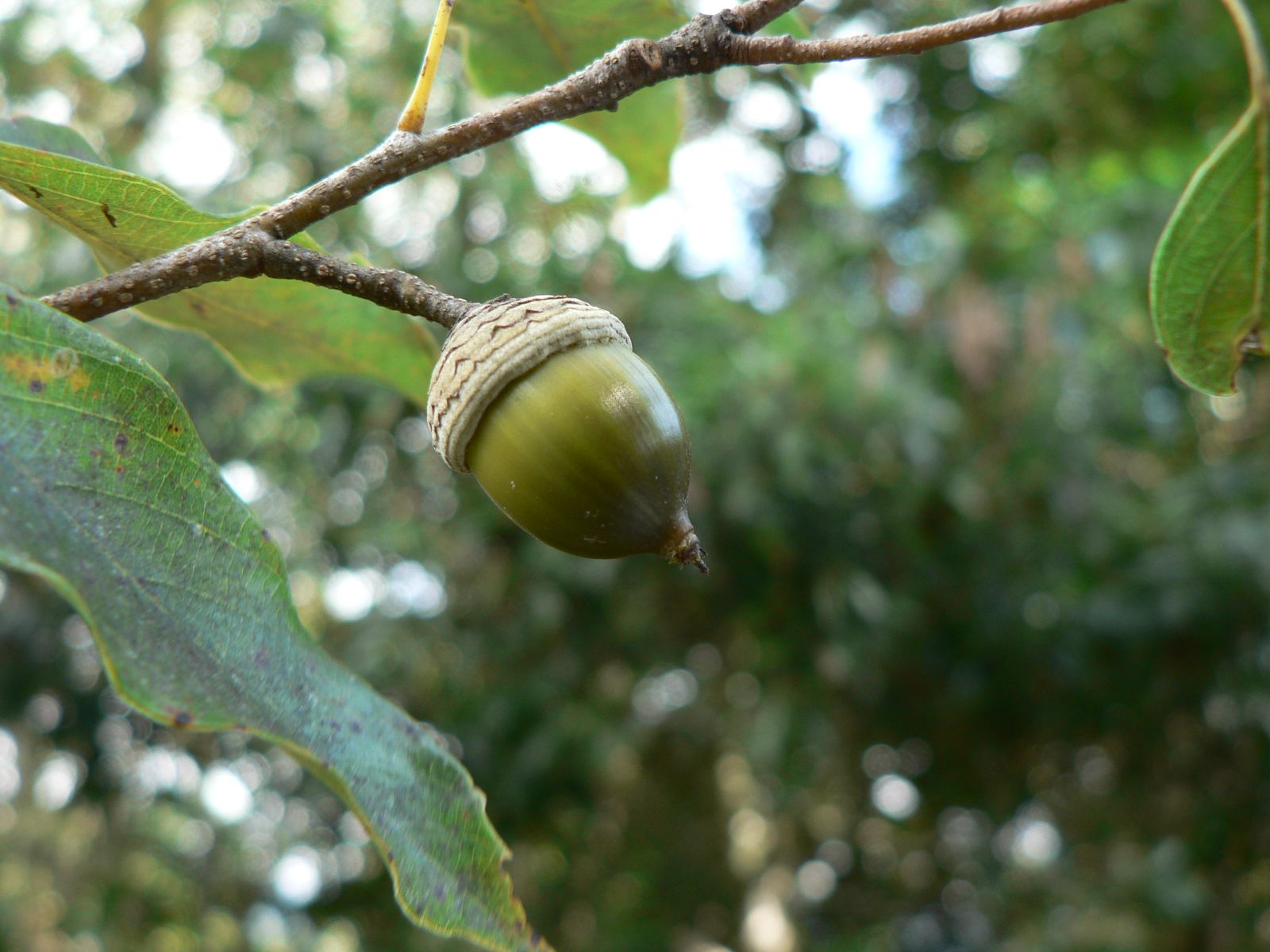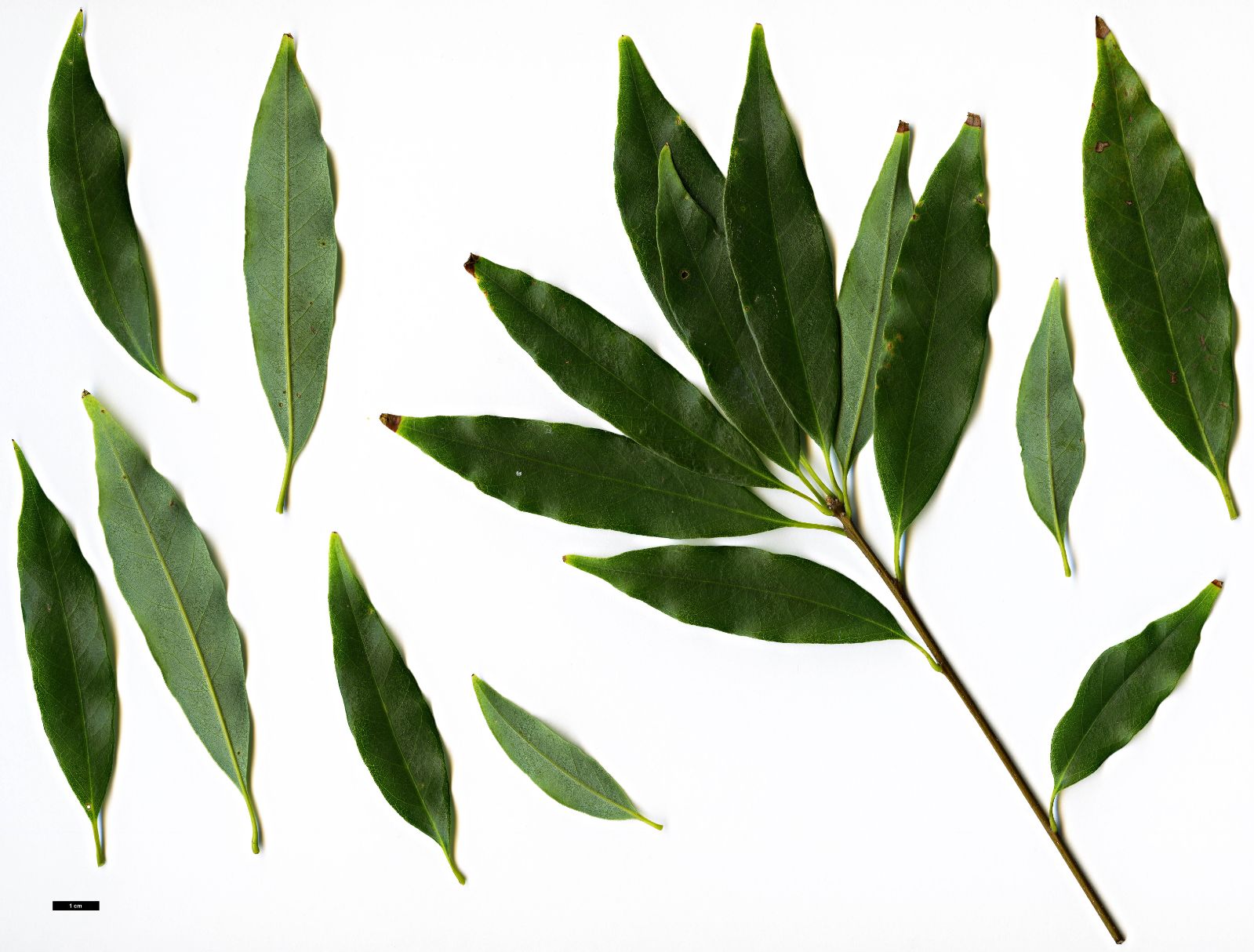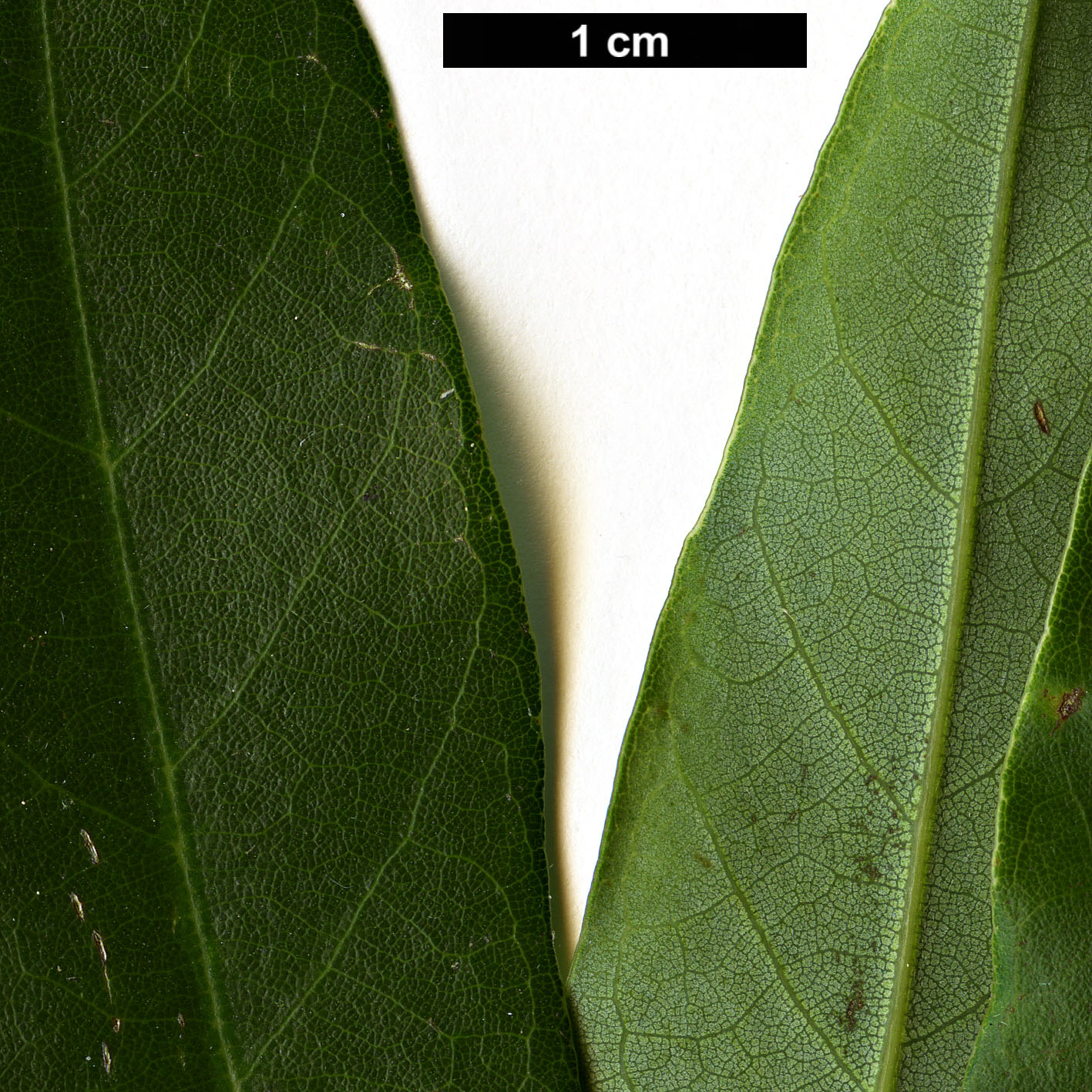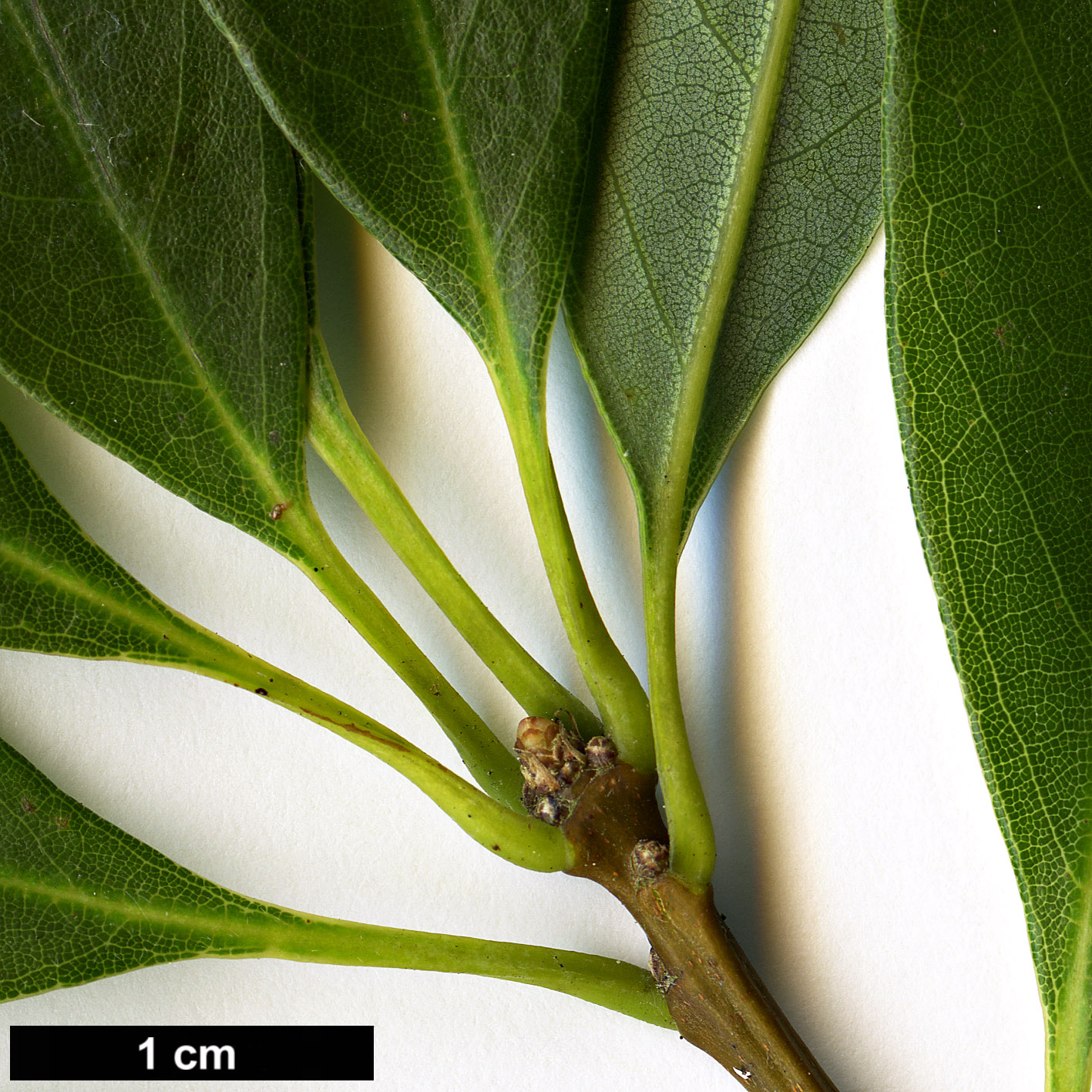Quercus longinux
Sponsor
Kindly sponsored by
The Trees and Shrubs Online Oak Consortium
Credits
Allen Coombes & Roderick Cameron (2022)
Recommended citation
Coombes, A. & Cameron, R. (2022), 'Quercus longinux' from the website Trees and Shrubs Online (treesandshrubsonline.
Genus
- Quercus
- Subgen. Cerris, Sect. Cyclobalanopsis
Common Names
- 长果青冈 (chang guo qing gang)
Synonyms
- Cyclobalanopsis longinux (Hayata) Schottky
- Quercus kanehirae Nakai
- Quercus pseudomyrsinifolia Hayata
- Quercus taichuensis (Hayata) Schottky
- Cyclobalanopsis longinux var. kanehirae (Nakai) J.C. Liao
- Cyclobalanopsis longinux var. pseudomyrsinifolia (Hayata) J.C. Liao
- Quercus longinux var. kuoi (J.C. Liao) C.F. Shen
Other taxa in genus
- Quercus acerifolia
- Quercus acherdophylla
- Quercus acrodonta
- Quercus acuta
- Quercus acutifolia
- Quercus acutissima
- Quercus afares
- Quercus affinis
- Quercus agrifolia
- Quercus alba
- Quercus aliena
- Quercus alnifolia
- Quercus aquifolioides
- Quercus arizonica
- Quercus arkansana
- Quercus aucheri
- Quercus augustini
- Quercus austrina
- Quercus × auzendei
- Quercus baloot
- Quercus bambusifolia
- Quercus baronii
- Quercus bicolor
- Quercus brantii
- Quercus buckleyi
- Quercus canariensis
- Quercus canbyi
- Quercus candicans
- Quercus castanea
- Quercus castaneifolia
- Quercus cerris
- Quercus chenii
- Quercus chrysolepis
- Quercus coccifera
- Quercus cocciferoides
- Quercus coccinea
- Quercus conspersa
- Quercus crassifolia
- Quercus crassipes
- Quercus delavayi
- Quercus dentata
- Quercus deserticola
- Quercus dolicholepis
- Quercus douglasii
- Quercus dumosa
- Quercus durifolia
- Quercus eduardii
- Quercus ellipsoidalis
- Quercus emoryi
- Quercus engelmannii
- Quercus engleriana
- Quercus euboica
- Quercus eugeniifolia
- Quercus fabri
- Quercus faginea
- Quercus falcata
- Quercus floribunda
- Quercus frainetto
- Quercus franchetii
- Quercus fruticosa
- Quercus fusiformis
- Quercus gambelii
- Quercus garryana
- Quercus geminata
- Quercus georgiana
- Quercus germana
- Quercus gilliana
- Quercus gilva
- Quercus glabrescens
- Quercus glauca
- Quercus graciliformis
- Quercus gravesii
- Quercus griffithii
- Quercus grisea
- Quercus guyavifolia
- Quercus hartwissiana
- Quercus hemisphaerica
- Quercus × hispanica
- Quercus hondae
- Quercus hypargyrea
- Quercus hypoleucoides
- Quercus ilex
- Quercus ilicifolia
- Quercus imbricaria
- Quercus incana
- Quercus infectoria
- Quercus insignis
- Quercus ithaburensis
- Quercus kelloggii
- Quercus × kewensis
- Quercus kiukiangensis
- Quercus laceyi
- Quercus laevis
- Quercus lamellosa
- Quercus lanata
- Quercus lancifolia
- Quercus laurifolia
- Quercus laurina
- Quercus × leana
- Quercus leucotrichophora
- Quercus × libanerris
- Quercus libani
- Quercus lobata
- Quercus lobbii
- Quercus lodicosa
- Quercus longispica
- Quercus look
- Quercus × ludoviciana
- Quercus macranthera
- Quercus macrocalyx
- Quercus macrocarpa
- Quercus macrolepis
- Quercus marilandica
- Quercus mexicana
- Quercus michauxii
- Quercus mongolica
- Quercus monimotricha
- Quercus montana
- Quercus morii
- Quercus muehlenbergii
- Quercus myrsinifolia
- Quercus myrtifolia
- Quercus nigra
- Quercus × numidica
- Quercus oblongifolia
- Quercus obtusata
- Quercus oglethorpensis
- Quercus oxyodon
- Quercus pagoda
- Quercus palmeri
- Quercus palustris
- Quercus pannosa
- Quercus parvula
- Quercus petraea
- Quercus phellos
- Quercus phillyreoides
- Quercus planipocula
- Quercus poilanei
- Quercus polymorpha
- Quercus pontica
- Quercus prinoides
- Quercus pubescens
- Quercus pyrenaica
- Quercus rehderiana
- Quercus reticulata
- Quercus robur
- Quercus rotundifolia
- Quercus rubra
- Quercus rugosa
- Quercus rysophylla
- Quercus sadleriana
- Quercus salicina
- Quercus sartorii
- Quercus × schneideri
- Quercus schottkyana
- Quercus semecarpifolia
- Quercus senescens
- Quercus serrata
- Quercus sessilifolia
- Quercus setulosa
- Quercus shumardii
- Quercus sinuata
- Quercus spinosa
- Quercus stellata
- Quercus stenophylloides
- Quercus suber
- Quercus subspathulata
- Quercus tarokoensis
- Quercus tatakaensis
- Quercus texana
- Quercus tomentella
- Quercus trojana
- Quercus tungmaiensis
- Quercus turbinella
- Quercus × turneri
- Quercus undulata
- Quercus utahensis
- Quercus utilis
- Quercus uxoris
- Quercus variabilis
- Quercus velutina
- Quercus virginiana
- Quercus vulcanica
- Quercus warburgii
- Quercus wislizenii
- Quercus xalapensis
Tree to 15–20 m tall and 60–80 cm diameter. Bark smooth, greyish, later rugged, with very fine longitudinal fissures. Shoots thin, glabrous or slightly hairy when young, dark brown or greyish brown, with small oblong lenticels. Buds small, ovoid, brown, scales glabrous or with ciliate edges. Leaves evergreen, slightly leathery, lanceolate, broadly lanceolate to oblong, 4–10.7 cm × 1.5–4 cm, tapered at the base, sometimes rounded, acuminate or caudate at the apex with 7–10 pairs of veins, the midvein impressed above and prominent beneath. Leaf blade often wavy, margin entire or toothed towards the apex. Leaves dark green above and usually blue-green to glaucous beneath, waxy or with simple hairs. Petiole glabrous, base thickened, 0.9–2.5 cm long. Infructescenses short, cupules bowl shaped o bell shaped, enclosing form 1/4 to 1/2 the nut, 0.7–0.9 cm × 1–2 cm wide, with 7–10 rings of scales, edge dentate, covered in grey-brown tomentum. Acorns ovoid to ellipsoid, to 0.8–2.4 × 0.9–1.2 cm, mostly in pairs on a short peduncle about 1 cm long, ripening the first year. (Huang 1998; le Hardÿ de Beaulieu & Lamant 2010).
Distribution Taiwan
Habitat Broadleaved evergreen forests at 300–2500 m altitude, associated with Pinus taiwanensis and other Fagaceae (Q. morii, Lithocarpus spp., Castanopsis spp.); found in areas where oceanic influence is felt in the form of frequent fog.
USDA Hardiness Zone 8
RHS Hardiness Rating H4
Conservation status Least concern (LC)
Taxonomic note Menitsky (2005) considers this taxon a subspecies of Q. glauca Thunb. This seems to be a very variable species and varieties differing in leaf toothing and colour have been described such as var. kuoi with leaves green beneath. This and other varieties of Q. longinux recognised by Liao (1996) are not recognised in Flora of China (Huang et al.1999) or the World Checklist of Fagaceae (Govaerts et al. 2020).
Endemic to the broadleaved evergreeen forests of Taiwan, this species is recognized by most authorities, despite Menitsky’s view that it should be considered a subspecies of Q. glauca. Mark Weathington (2014) observed that in habitat the smooth grey-barked trunk is branchless up to two thirds of the total height, though in cultivation is tends to form an upright oval to round-headed tree about 10 m tall.
This species has been introduced several times but has never performed very well in cultivation in Europe. A plant at Tregrehan, UK, grown from seed received from the Taiwan Forestry Research Institute reached several metres tall before dying suddenly (T. Hudson pers. comm. 2020). This plant had narrow, entire, willow-like leaves. A plant at Sir Harold Hillier Gardens grown from seed collected by Allen Coombes in Taiwan in 2003 (CMBS 655) was 2.5 m × 1 cm in 2020 (The Tree Register 2021). At Arboretum des Pouyouleix, France, plants of the typical form and var. kuoi raised from seed collected by Béatrice Chassé in Taiwan grew very slowly and have mostly died (B. Chassé pers. comm. 2022).
It is rare in the USA, but a plant growing at J.C. Raulston Arboretum, North Carolina, perhaps gives an indication of the preferred climate for this species. Weathington (2014) wrote that: ‘The JCRA plant was received from the Taiwan Forestry Research Institute index seminum in 2001 and is now over 6 m tall growing in sun and rich soil […] The 2014 winter temperatures of –13 °C caused significant tip dieback so this plant will likely be relegated to zone 8 gardens.’
The epithet means ‘long nut’. Hayata (1911) compared it to Q. myrsinifolia, stating that it differed in its much longer acorn. It can also be distnguished from this species by the number of rings in the cupule (more than six in Q. longinux) (le Hardÿ de Beaulieu & Lamant 2010). The common name in Chinese can translated as ‘long-fruited evergreen oak’.

